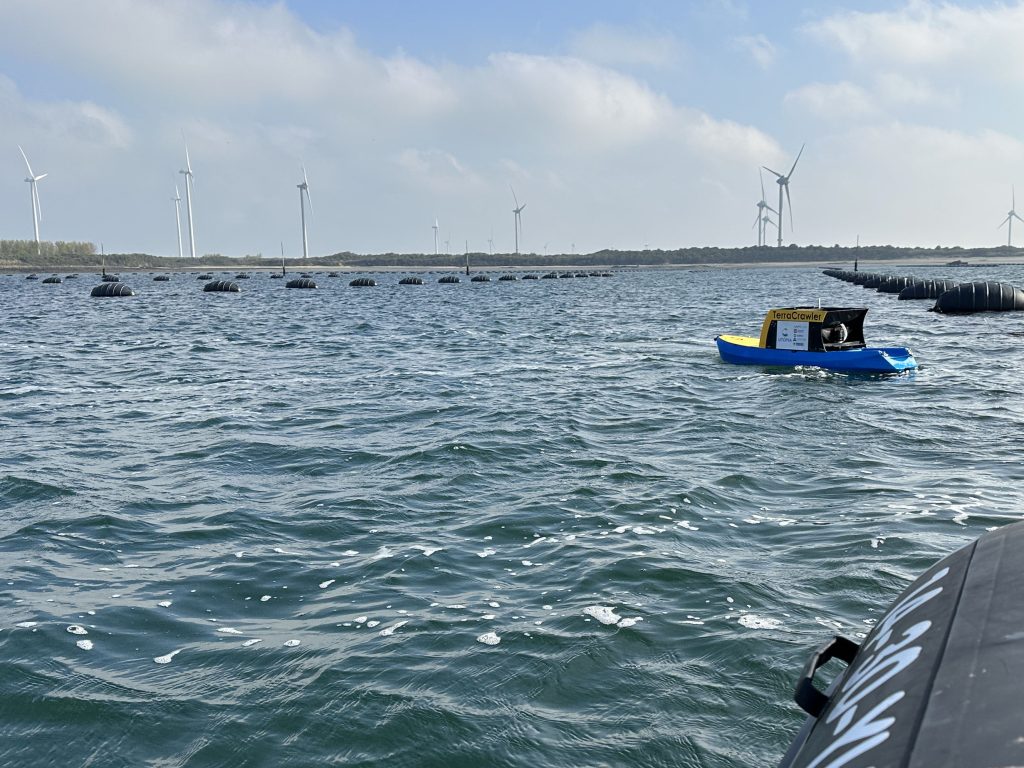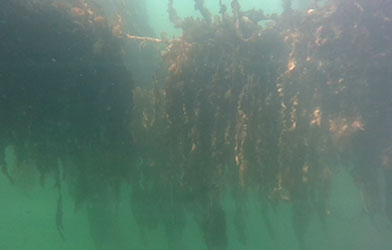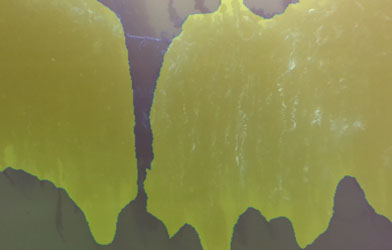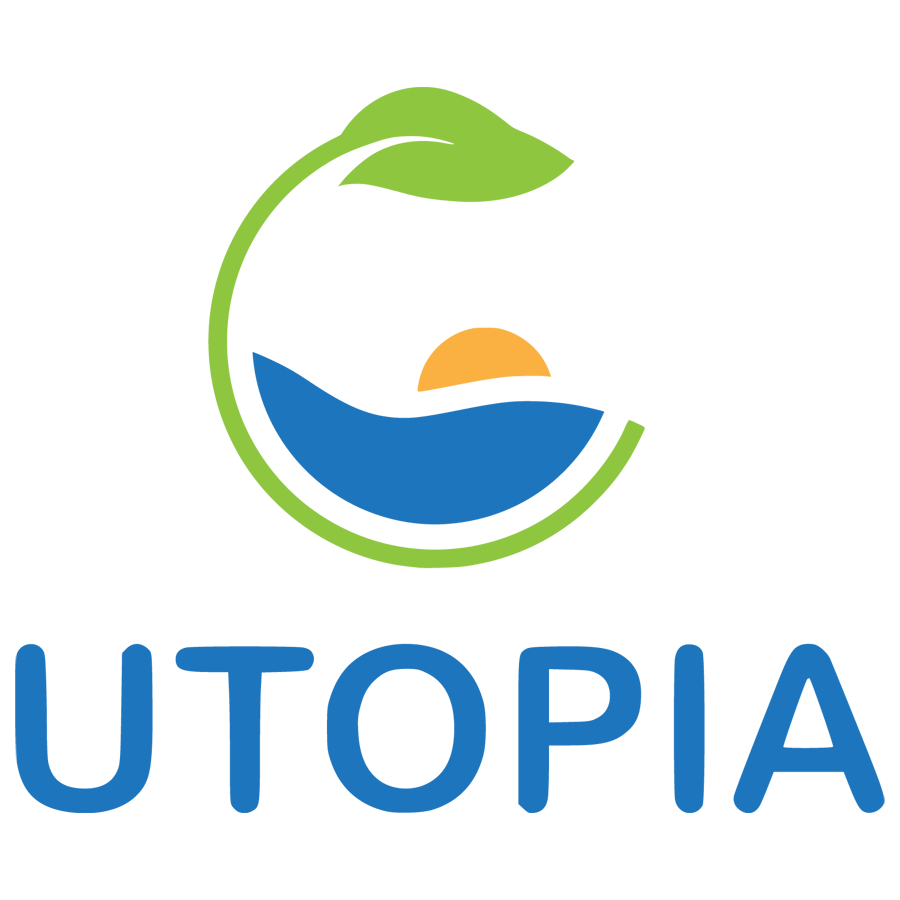


Cultivated seaweed, also referred to as macroalgae, is a promising source of alternative protein for sustainable food systems and global food security. Other benefits include capture of carbon, absorption of excess nutrients and restoration of ecosystems and biodiversity.
Macroalgal production is almost entirely a maritime activity. Seaweed typically grows on substrates in the upper water column held up by buoys or floaters. The systems are anchored to stay in position. While the large scale cultivation of seaweed in Asia has been practiced for decades, transferring this success to a European environment requires research and development. For example the development of dedicated automation. Saccharina latissima is one of the species that can grow naturally along the coast of the North-Atlantic Ocean, and is being cultivated in several locations in the Netherlands.
The UTOPIA project includes research towards monitoring yield in seaweed farms by using underwater camera footage collected by hand or by remote controlled vessels.
University Antwerp focuses on processing images and applying segmentation algorithms to define estimates and qualitative comparisons of the yield of the farm. Recently the UTOPIA project team visited one of the test farms to collect footage and do further research on processing the images.
It is made possible to use camera footage and location information to detect sections of the farm and create a digital map. This is a research topic for Wageningen University & Research.
For any questions related to seaweed farming you can contact us at seaweed@utopia-project.eu.
Are you a farmer? What do you expect from robotics and digital technologies in your work?
We value your input, so let us know what you think!
